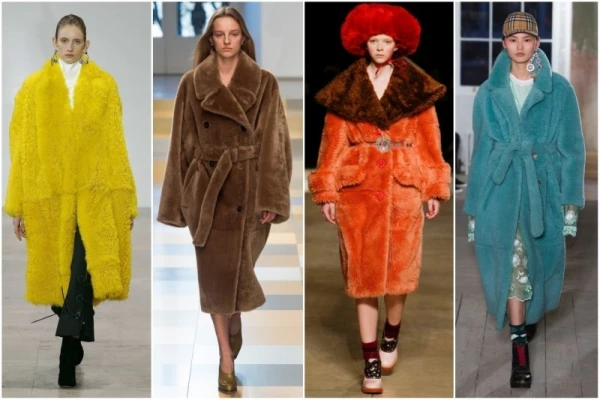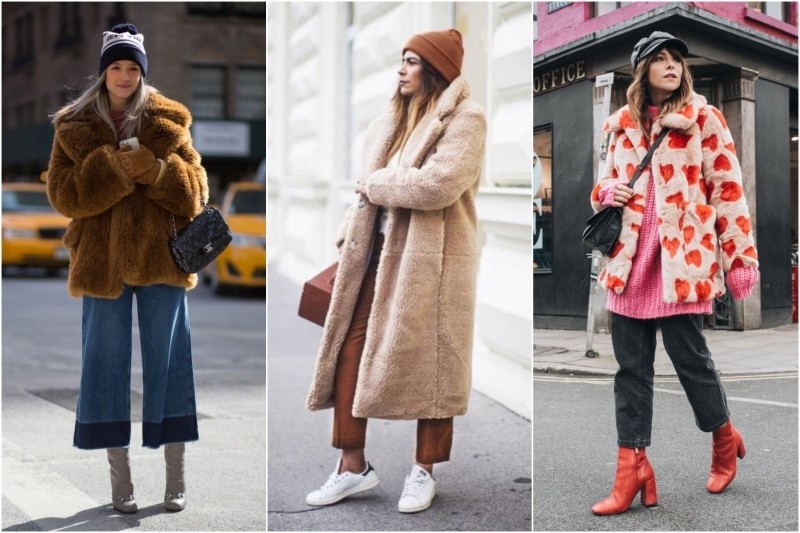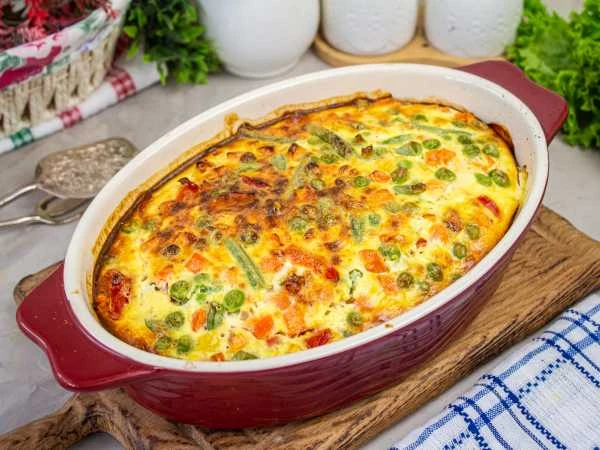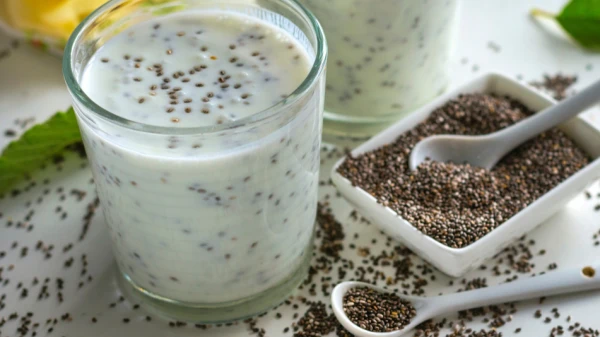
The debates surrounding types of fur continue, so we decided to find out which fur is the warmest and most durable.
Eco-Fur
Today, more and more buyers prefer products made from artificial fur, and here’s why:
Ethics and Environmental Responsibility
The main and most significant argument in favor of artificial fur is the complete absence of ethical compromises. By purchasing eco-fur products, consumers make a conscious choice to protect animals. Furthermore, modern production technologies allow for a gradual reduction of the ecological footprint by using recycled or natural fibers in manufacturing.
Affordability
Compared to mink, sable, or astrakhan, the artificial counterpart remains significantly more accessible. This allows a wide range of consumers to purchase fashionable, warm, and striking fur products without significant financial expenditure.
Unlimited Design Freedom
The technologies used in creating eco-fur free designers from the limitations imposed by nature. It has become possible not only to create perfect imitations of rare and expensive furs (from fox to silver fox) but also to experiment with texture, pile length, and, most importantly, color, offering buyers bright shades unimaginable in natural materials.

Simplicity and Low Maintenance
Unlike capricious natural fur, which requires special storage and cleaning conditions, some types of artificial fur are surprisingly practical. Certain products can be safely subjected to regular machine washing at low temperatures (up to 40°C), which significantly simplifies usage.
The Downside
Despite all the advantages, eco-fur buyers need to remember two key disadvantages that directly affect the investment appeal of the product: its durability and thermal resistance. While a natural fur coat can last for decades, the average lifespan of an artificial fur product is significantly shorter and rarely exceeds 5 seasons.
As much as we would like, eco-fur has temperature limitations: without additional insulation, artificial fur is usually designed for cold temperatures down to -15°C.
Natural Fur
Natural fur can withstand temperatures down to -40°C and below. The warmest types are bear, silver fox, and reindeer fur. Slightly less heat-resistant are fox, sable, and mink fur. Of course, natural fur has its downsides, such as the financial aspect—all products are quite expensive.

If we sum up all the pros and cons, it turns out that when choosing a type of fur, it is better to base the decision on the climatic conditions where it will be worn and the budget. Also, do not forget about the ethical choice: refusing to purchase natural fur products saves animal lives.















Leave a comment